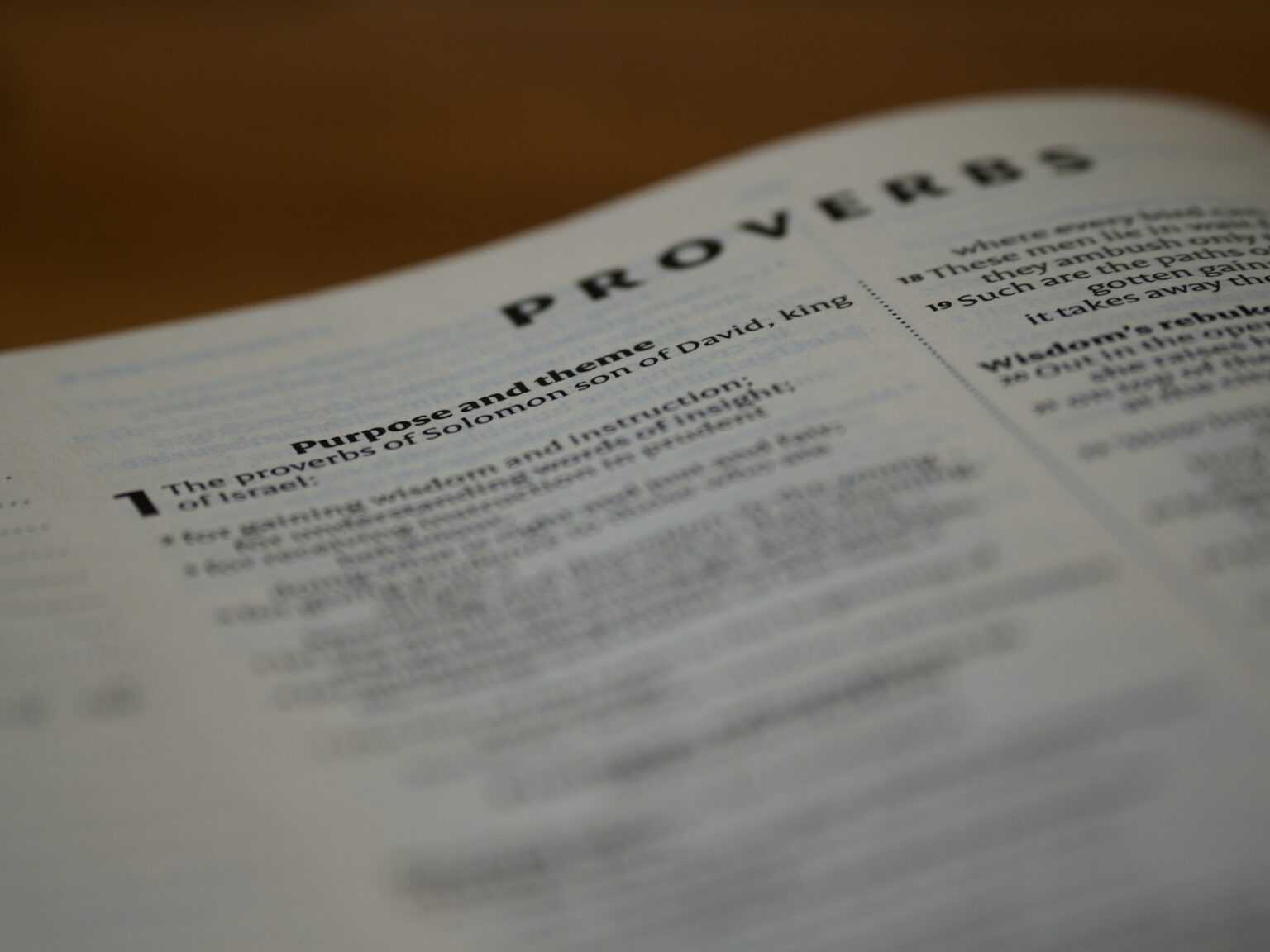Verification of scholarly work demands rigorous assessment by qualified experts to maintain high academic standards. This quality assurance system functions as a gatekeeper, scrutinizing findings for methodological soundness, originality, and reproducibility before dissemination. Such scrutiny supports the credibility and reliability of scientific contributions within the community.
This systematic examination involves critical analysis conducted anonymously by specialists who assess experimental design, data interpretation, and logical consistency. Through iterative feedback loops, authors refine their manuscripts, enhancing clarity and addressing potential flaws. The control mechanism embedded in this cycle prevents propagation of erroneous or biased conclusions.
Implementing this evaluation framework contributes directly to the elevation of research outputs by filtering out substandard or unsubstantiated claims. It establishes trust between authors, publishers, and readers while fostering continuous improvement. Adherence to these evaluative steps is fundamental for advancing knowledge with confidence and precision.
Peer review: research validation process
Ensuring the reliability of academic output requires a rigorous evaluation mechanism that upholds stringent standards for quality and accuracy. This involves subjecting scholarly work to critical assessment by experts within the same field, facilitating an objective determination of validity before public dissemination. Such scrutiny enhances the credibility of findings and reinforces the foundation of cumulative knowledge.
The systematic critique conducted by specialists acts as a safeguard against methodological flaws, data misinterpretations, or unsubstantiated claims. By demanding transparency and reproducibility, this assessment paradigm strengthens confidence in novel contributions and supports informed decision-making based on verified information.
Frameworks and Criteria for Evaluative Assessment
A structured approach to expert evaluation typically encompasses multiple stages, including initial submission screening, detailed examination of methodology, data integrity checks, and final recommendation regarding publication suitability. The evaluators assess whether the work adheres to established benchmarks concerning theoretical grounding, experimental design, statistical rigor, and ethical compliance.
- Theoretical coherence: Does the hypothesis align with existing literature and logical reasoning?
- Methodological soundness: Are procedures replicable with adequate controls?
- Data robustness: Is data presented transparently with appropriate analysis?
- Ethical standards: Has the study respected participant confidentiality and consent?
This multi-faceted scrutiny not only detects inconsistencies but also provides constructive feedback aimed at refining scientific inquiry. For instance, blockchain protocol evaluations often require checking cryptographic assumptions alongside consensus algorithm performance metrics to ensure resilience against potential attacks.
Case studies from tokenomics research illustrate how peer assessments can identify subtle biases embedded in economic modeling or simulation environments. Detailed commentary from reviewers helps authors recalibrate parameters or incorporate overlooked variables, thereby elevating the overall integrity of digital asset analyses.
The iterative nature of this evaluation cycle fosters continual improvement by encouraging transparent dialogue between investigators and domain experts. Engaging in such exchanges cultivates deeper understanding and propels innovation grounded in verifiable evidence rather than conjecture.
Criteria for Manuscript Evaluation
The primary metric for assessing any scholarly manuscript is adherence to established standards that ensure scientific rigor and reproducibility. Manuscripts must demonstrate clear hypothesis formulation, appropriate methodology, and robust data analysis with sufficient controls to eliminate bias. For instance, in blockchain protocol studies, validation through independent node testing and cryptographic verification exemplifies the necessity of strict quality control within experimental frameworks.
Another fundamental criterion involves the clarity and coherence of the argumentation presented. The manuscript should articulate objectives and findings systematically, allowing academic evaluators to trace logical progression without ambiguity. Detailed descriptions of algorithms or consensus mechanisms in distributed ledger technologies provide concrete examples where transparent exposition directly impacts interpretability and subsequent application.
Technical Soundness and Methodological Rigor
Manuscripts must exhibit methodological soundness by employing validated techniques relevant to their domain. In cryptographic research, this includes demonstrating algorithmic security proofs or computational complexity analyses under recognized models such as the Random Oracle Model. Experimental designs require well-defined parameters with appropriate negative and positive controls that isolate variables effectively.
Statistical evaluation plays a critical role in determining result reliability. Manuscripts reporting performance benchmarks of blockchain scalability solutions should incorporate comparative metrics–transaction throughput, latency, fault tolerance–with statistically significant sample sizes. Such quantitative assessments allow reviewers to judge whether findings surpass accepted thresholds or merely replicate prior work.
- Originality: Submission must contribute novel insights or technological advancements rather than reiterate existing knowledge.
- Relevance: Alignment with current academic discourse or practical applications enhances manuscript impact.
- Ethical Compliance: Research involving human participants or sensitive data requires documented ethical oversight.
An essential aspect is comprehensive referencing that situates new results within the broader academic ecosystem while acknowledging foundational contributions accurately. Proper citation not only credits original developers but also enables reproducibility by guiding readers to underlying methodologies and datasets.
The final evaluative dimension concerns linguistic precision and formatting according to journal guidelines, which facilitate effective communication within the academic community. Consistency in terminology–such as differentiating consensus algorithms from cryptographic primitives–prevents semantic confusion and fosters rigorous critique. Encouraging iterative refinement based on constructive feedback enhances overall scholarly contribution quality while nurturing continuous knowledge development.
Identifying Qualified Reviewers for Academic Validation
Effective selection of qualified reviewers begins with assessing their adherence to established quality standards within the relevant academic discipline. Candidates should possess demonstrable expertise supported by a substantial portfolio of published work, preferably indexed in recognized databases such as Scopus or Web of Science. This criterion ensures familiarity with rigorous methodologies and maintains control over the integrity of manuscript evaluation. For example, blockchain protocol analyses benefit from reviewers with verified experience in cryptographic algorithms and distributed ledger architectures, guaranteeing informed critique aligned with industry standards.
Verification extends beyond publication records to include participation in scientific committees, editorial boards, or previous assessments in reputable journals. Such involvement indicates proficiency in maintaining consistency and objectivity during scrutiny. Experimental case studies, such as those examining consensus mechanism improvements, illustrate that reviewers with hands-on experience in implementation are better positioned to validate claims effectively. Incorporating cross-disciplinary specialists can also enhance the thoroughness of evaluations by introducing alternative perspectives on complex technical issues.
Methodologies for Reviewer Qualification Assessment
A systematic approach involves multi-level verification combining quantitative metrics and qualitative analysis. Quantitative indicators include citation counts, h-index values, and previous review activity logs supplied by journal management systems. Qualitative assessment requires direct examination of feedback quality provided by candidates on prior assignments–focusing on depth of insight and constructive criticism rather than superficial commentary. In applied blockchain research, this translates into evaluating whether critiques address scalability concerns or security vulnerabilities robustly.
Maintaining control mechanisms such as conflict-of-interest declarations and periodic performance audits further safeguards the caliber of evaluators. Implementing double-blind evaluation models helps minimize bias while enabling unbiased validation grounded strictly in technical merit. Encouraging continuous education and certification programs focused on emerging technologies supports sustained reviewer competence amidst evolving academic frameworks.
Common bias in scholarly manuscript evaluation
Ensuring objective assessment during manuscript scrutiny remains a challenge due to the prevalence of cognitive and systemic biases. One significant issue is confirmation bias, where evaluators tend to favor submissions that align with their own hypotheses or previously established theories. This tendency compromises impartial judgment and affects the reliability of quality assurance mechanisms in academic circles.
Institutional bias also distorts the appraisal framework, as contributions originating from prestigious organizations often receive preferential treatment. Such favoritism undermines equitable control measures by skewing acceptance rates toward well-known entities, regardless of actual merit or methodological rigor.
Types and impacts of evaluator predispositions
Affinity bias manifests when reviewers identify closely with authors due to shared backgrounds, geographical regions, or research communities. This can inflate perceived excellence unjustly, obstructing the establishment of universal standards across diverse scientific disciplines. Case studies from blockchain protocol validation reveal how niche network effects propagate this issue, leading to selective acknowledgment rather than comprehensive scrutiny.
Negative bias, conversely, results in undue skepticism toward innovative methodologies or unconventional findings. Examples include early resistance to decentralized consensus models prior to widespread adoption in cryptocurrency systems. Such critical gatekeeping delays advancement by stifling paradigm-shifting ideas within formal evaluation frameworks.
- Linguistic bias: Manuscripts authored by non-native English speakers often face harsher critique on clarity and presentation rather than conceptual substance.
- Gender bias: Empirical audits show disparities in acceptance rates correlated with author gender representation, affecting diversity and inclusivity in scholarly communication.
Addressing these distortions requires implementing double-blind examination protocols and utilizing algorithmic tools for anomaly detection within reviewer feedback patterns. Integration of standardized scoring rubrics further enhances consistency and reduces subjective influence during analytical verification phases.
A methodical approach incorporating iterative blind assessments combined with cross-disciplinary panels can incrementally minimize these prejudices. Encouraging transparency through open commentaries post-assessment introduces an additional layer of quality control that supports community-driven refinement of scientific outputs.
Responding to Reviewer Comments
Addressing feedback from evaluators requires precise control over the narrative of your manuscript, ensuring all points raised are met with clear, evidence-backed responses. Begin by categorizing comments into technical critiques, methodological concerns, and requests for clarification. This structured approach maintains the academic standard expected in scholarly communications and prevents oversight of critical remarks that affect the article’s integrity.
When revising content based on external assessment, it is essential to document each modification explicitly. A systematic log indicating where changes occur within the text allows for seamless verification by assessors and reinforces transparency within the scrutiny framework. For example, adjusting statistical analysis methods or refining algorithmic descriptions in blockchain consensus mechanisms should be accompanied by clear references to updated sections and supplementary data if applicable.
Strategies for Effective Reply Compilation
Prioritize objective engagement with every comment instead of defensive rebuttals. If a question targets assumptions in cryptographic protocol security, respond by citing recent empirical studies or performing additional simulations to substantiate claims. This evidential reinforcement aligns with quality assurance measures common in established academic circles.
Incorporate incremental enhancements rather than wholesale rewrites unless fundamental flaws exist. For instance, clarifying transaction throughput measurements under different network conditions enhances readability without altering foundational conclusions. Maintaining the original hypothesis while fine-tuning explanations respects both intellectual honesty and rigorous editorial control.
- Provide detailed justifications when disagreeing with suggestions; support these with technical references or comparative analyses.
- Acknowledge valid points promptly, demonstrating receptiveness to constructive critique which elevates manuscript credibility.
- Utilize tables or figures to succinctly address complex issues such as scalability benchmarks or consensus delay metrics affected by proposed revisions.
An illustrative case involved an evaluation of smart contract vulnerability assessments where reviewers requested elaboration on test coverage metrics. Responding effectively entailed expanding experimental setups in supplementary materials and presenting results in tabulated form comparing baseline versus enhanced protocols. This methodical augmentation reinforced confidence in findings while adhering strictly to editorial quality standards.
Conclusion on Tracking Validation Timelines
Establishing stringent control over the temporal metrics of manuscript assessment enhances the fidelity and predictability of the quality assurance framework within academic dissemination. Precise monitoring of evaluation durations not only mitigates delays but also uncovers systemic inefficiencies that impede the standardization of scholarly critique.
Implementing data-driven dashboards to quantify turnaround intervals empowers editorial teams to calibrate workload distribution among experts, thereby elevating transparency and accountability. This approach aligns with blockchain principles where immutable timestamping could further authenticate timeline integrity, introducing a novel layer of trust into traditional scrutiny mechanisms.
Broader Implications and Future Perspectives
- Algorithmic allocation: Leveraging machine learning models to predict optimal assessor engagement windows may reduce bottlenecks and improve throughput without compromising evaluative rigor.
- Decentralized timestamp verification: Integrating distributed ledger technology for chronological logging can prevent retrospective alterations, ensuring auditability throughout the appraisal lifecycle.
- Standard harmonization: Cross-institutional collaboration to define universal benchmarks for timing metrics will foster comparability and elevate collective standards across disciplines.
- Real-time feedback loops: Developing interactive platforms enabling immediate status updates encourages iterative improvements and reduces uncertainty in manuscript progression stages.
The continuous refinement of timing oversight mechanisms ultimately strengthens the entire academic scrutiny ecosystem by reinforcing consistency, expediting dissemination, and safeguarding methodological soundness. Exploring these innovations invites further experimental validation and paves the way toward resilient, transparent frameworks aligned with emerging technological frontiers.








